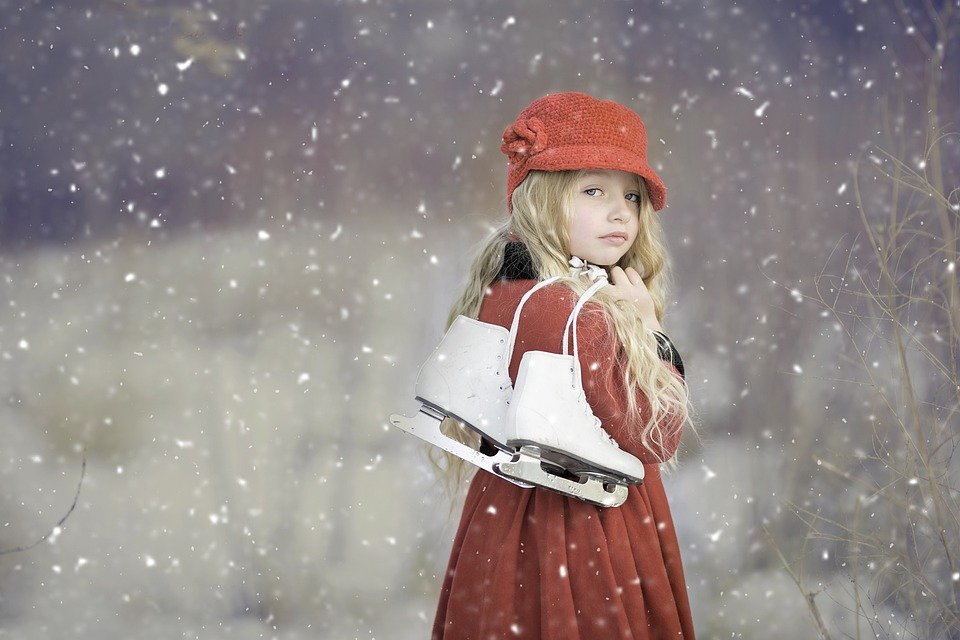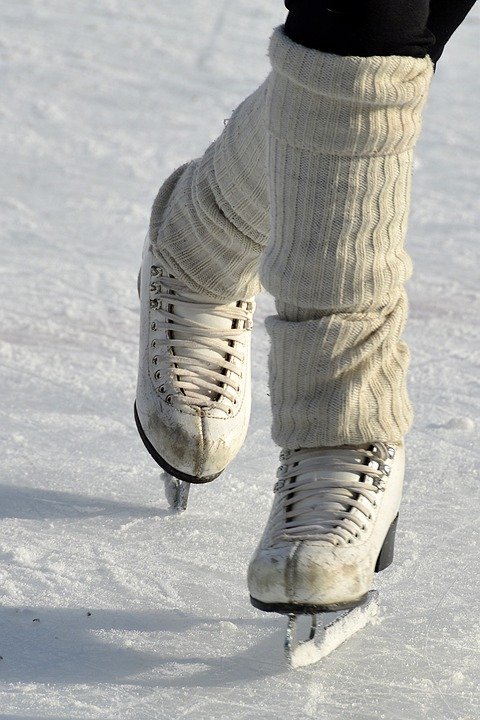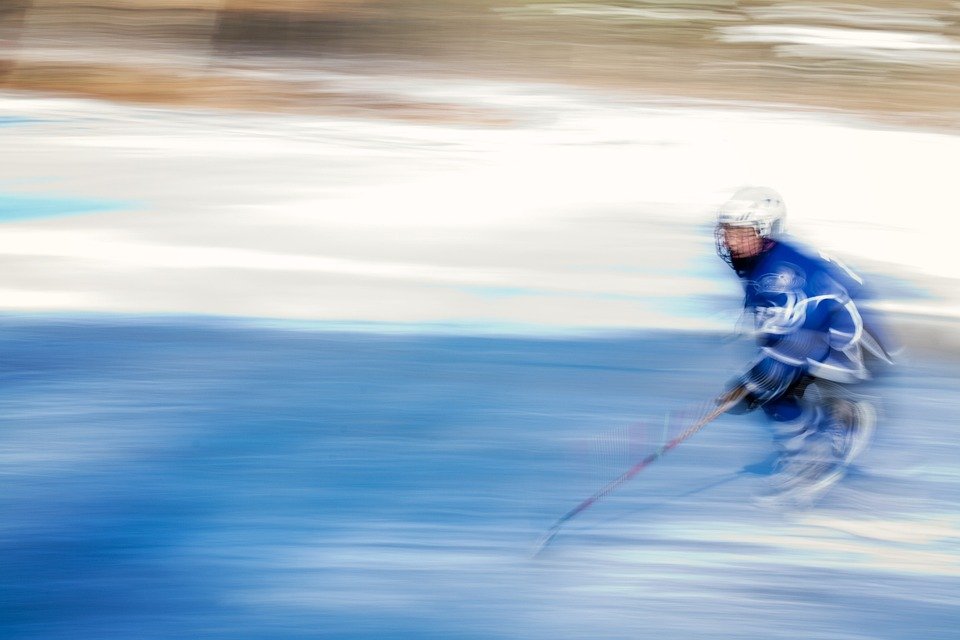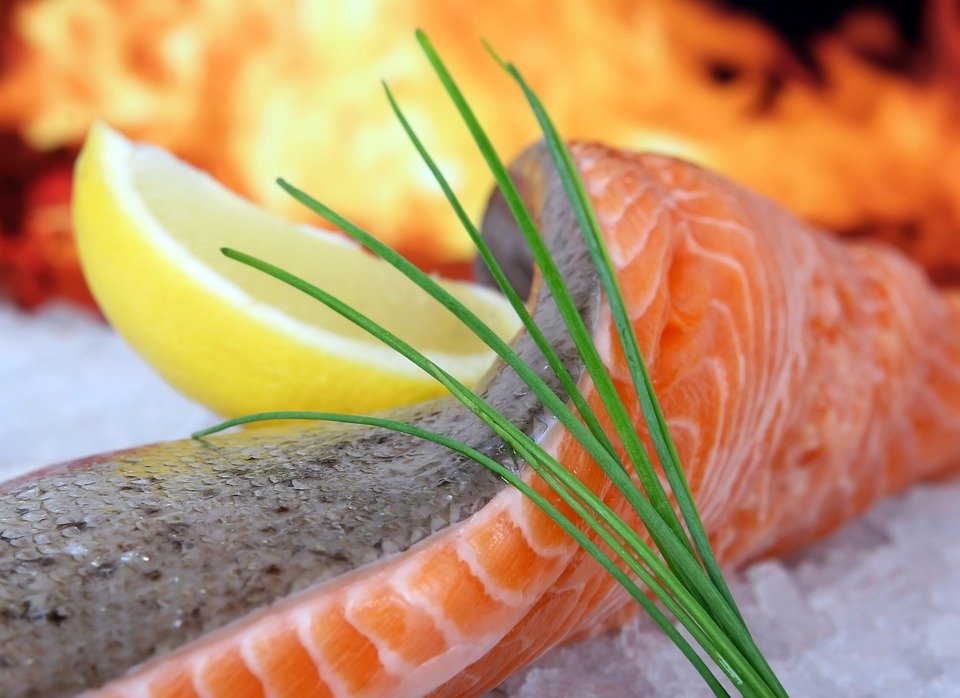How to dress your child for indoor ice skating

Most indoor ice rinks maintain a temperature between 45 and 60 degrees, depending on the temperature outside. When you’re dressing your child for figure skating lessons or free skating on an ice rink, your first challenge will be keeping warm.
Sliders will work out hard, so it’s important to dress your child in thin, easily removable layers as their bodies warm. Avoid wearing a bulky winter coat for your child, as heavy coats make it difficult for him to move freely. A warm turtleneck under a snug fitting sweater will keep your child warmer than a winter coat, and will allow freedom of movement.
Many girls like to wear a ski dress. If you plan to have your daughter take lessons, a simple skate dress and tights can be a good investment. However, if she is going to ski recreationally now and then, this may not be an investment you want to make.
Leggings sweat pants or compression air pants are good choices for both boys and girls. Jeans don’t have much stretch, absorb moisture easily, and are very slow to dry, making them a not-so-ideal choice for skiing.
A comfortable pair of thin seamless socks should be one of the most important parts of a skater’s wardrobe. A sock with seams can rub against your feet and cause blisters. Because ski boots are designed to be tight, thick socks can compress the foot and reduce circulation, making your child’s feet feel cold more quickly.
If your child will be renting skates, bring along a thick pair of socks to wear over a thin pair to provide extra padding in case the rental skates don’t fit perfectly or wear well.
For several reasons skiers should always wear gloves. The gloves will obviously keep the skater’s hands warm. They also provide some protection in the event of a fall on the ice or if another skier hits a fallen child.
A warm fleece hat will keep the skier’s head and ears warm. Avoid any headgear that may impair the skier’s vision. You should avoid “hoodies” or rain jackets.
For the same reason, skiers should never wear scarves, which could obstruct vision or hold up a ski. Many rinks prohibit any kind of scarfing on the ice.
Girls’ hair should always be pulled back or tied back, so that it can’t reach the eyes.
Avoid letting the skater wear jewelry. Most rinks prohibit any kind of jewelry, which can break and fall onto the ice and trip up another skater.
And finally, a note for parents of boys: boys will be very uncomfortable if they are asked to wear white shoes. If you’ve inherited a pair of white skates that fit your child, dye them black (black shoe polish will work too, but it can get messy), or cover them with black skate caps. Your son will skate more confidently if he “fits in” with the other boys on the rink.
If your child is going to take figure skating lessons, you can observe what the other students are wearing before the first lesson and talk to the instructor about appropriate clothing for the lessons.




